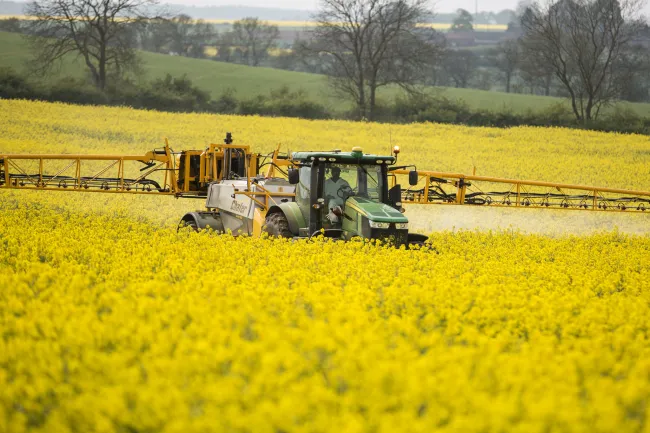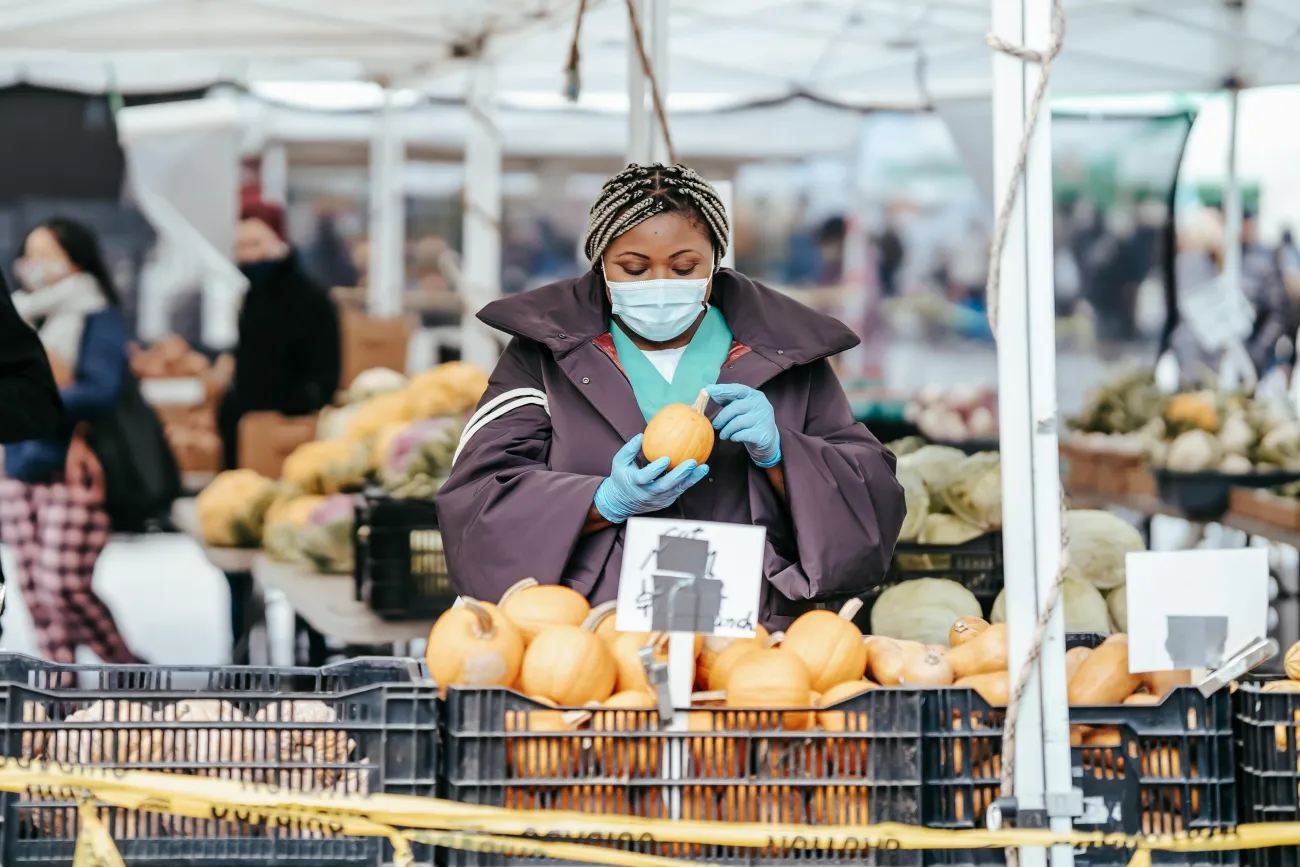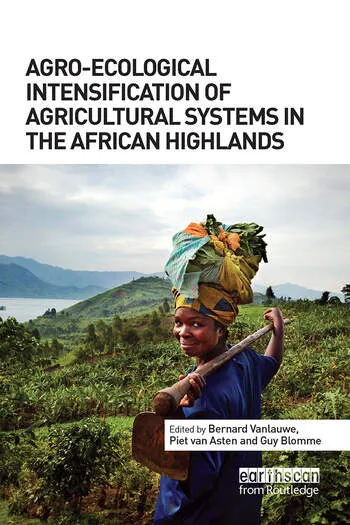A recent paper published in BioScience articulates the need for a new vision and new goals for the sustainable intensification of agriculture, moving away from the often cited statement that food production must double by 2050 to feed the world's growing population.

The new projection put forward is based on cereal crop demand which is estimated to be somewhere between 26-68% of 2014 levels (the year with most recent FAOSTAT data). It is an update on two of the most used projections for future food demand and goals for production – the FAO’s Alexandratos and Bruinsma (2012) report and that of Tilman et al (2011). Many studies now put forward the argument that we need to double crop output by 2050 to meet projected global demand by referring to these two studies. In this paper, Hunter et al argue that referencing the now decade-old 2005 baseline data is misleading since it does not take into account recent years’ increases in food production globally. The paper does not dispute the need for more food per se, but rather re-calculates the projections, based on 2014 data on production levels. Re-calculating the projection in Tilman's study, which showed that the world will demand 100 percent more calories in 2050 than in 2005, Hunter et al find that this represents only a 68 percent increase over production levels in 2014. When re-calculating the FAO projection, which used different assumptions and projected lower demand, Hunter et al argue that production would have to increase only 26 percent on 2014 levels. The large difference between 26-68% is largely due to differences in model assumptions. The FAO and Tillman et al studies diverged quite drastically on crop projections. The FAO study also had a lower projection on the rate of annual GDP growth, and accounted for potential saturation of meat consumption in China and cultural influences reducing growth in meat consumption in India.
This paper uses global demand for cereals as a proxy for total crop demand (as this is the world’s most dominant crop category). The authors acknowledge that many different types of crops are needed to end hunger and that the new production estimates are not by themselves going to ensure global food security.
NB: There are updated projections presented by FAO in a recent report based on updated population projections from 2015. This report states that an production increase of 48% is likely needed by 2050, while the needed increase will be 112% for Sub-Saharan Africa. See our summary of the FAO report: The Future of food and agriculture – Trends and challenges.
Abstract
The prevailing discourse on the future of agriculture is dominated by an imbalanced narrative that calls for food production to increase dramatically—potentially doubling by 2050—without specifying commensurate environmental goals. We aim to rebalance this narrative by laying out quantitative and compelling midcentury targets for both production and the environment. Our analysis shows that an increase of approximately 25%–70% above current production levels may be sufficient to meet 2050 crop demand. At the same time, nutrient losses and greenhouse gas emissions from agriculture must drop dramatically to restore and maintain ecosystem functioning. Specifying quantitative targets will clarify the scope of the challenges that agriculture must face in the coming decades, focus research and policy on achieving specific outcomes, and ensure that sustainable intensification efforts lead to measurable environmental improvements. We propose new directions for research and policy to help meet both sustainability and production goals.
Reference
Hunter. M., Smith, R., Schipanski M., Atwood, L., Mortensen, D., (2017). Agriculture in 2050: Recalibrating Targets for Sustainable Intensification, BioScience bix010. DOI: https://doi.org/10.1093/biosci/bix010
You can read the full paper here (paywall) and see coverage of the paper in Science Daily.
You can also see a video from a conference presentation here where lead author Mitch Hunter discusses this paper. He has also published a blog-post in Grist about the research, read it here.
Recommended further reading
Foodsource (FCRN’s online learning resource)
- For a summary of the sustainable intensification concept, please take a look at Foodsource chapter 1.6
Journal papers by Tara Garnett and collaborators (including the Science paper cited by Hunter et al in the paper):
- Garnett T, Appleby M C, Balmford A, Bateman I J, Benton T G, Bloomer P, Burlingame B, Dawkins M, Dolan L, Fraser D, Herrero M, Hoffman I, Smith P, Thornton P K, Toulmin C, Vermeulen S J and Godfray H C J (2013). Sustainable Intensification in Agriculture: Premises and Policies, Science, vol. 341, July 5 2013.
- Godfray HCJ., Garnett T., 2014, Food security and sustainable intensification, Phil. Trans. R. Soc. B, doi: 10.1098/rstb.2012.0273
FCRN reports and discussion papers
- Expert comments on Sustainable Intensification in Agriculture.
- Sustainable intensification in agriculture. Navigating a course through competing food system priorities.
- Three perspectives on sustainable food security.
Other resources
Other resources on the topic can be found by browsing the keyword category: Sustainable Intensification in the FCRN Research Library. One of the most recent papers we covered on the topic was the Rockström et al Sustainable intensification of agriculture for human prosperity and global sustainability.




Comments (0)